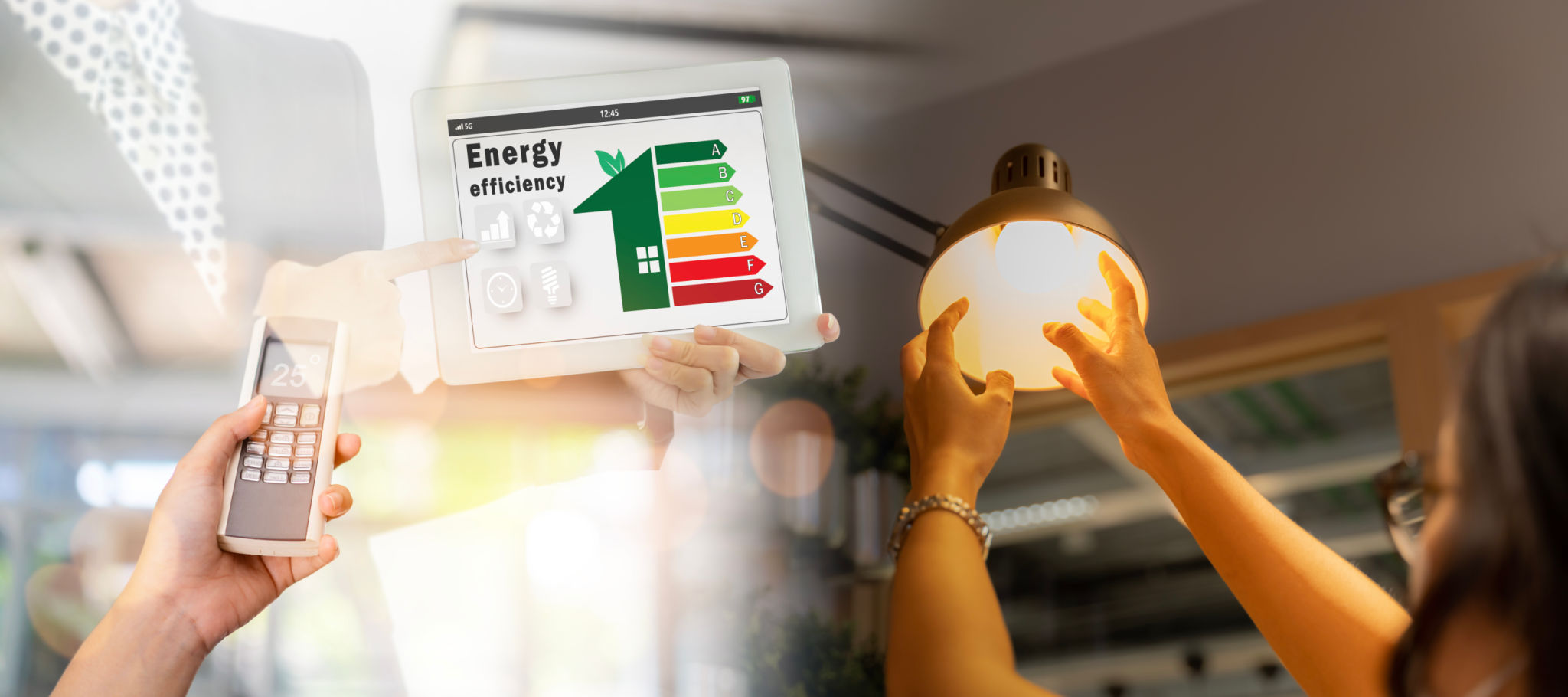Expert Tips on DIY Energy Audits for Homes
Understanding the Basics of a DIY Energy Audit
Conducting a DIY energy audit can be a cost-effective way to understand your home's energy consumption. By identifying areas of energy waste, you can make informed decisions on improvements that increase efficiency and reduce utility bills. This guide provides expert tips to help you perform a thorough energy audit at home.

Identifying Air Leaks
One of the primary sources of energy loss in homes is air leakage. Start by examining windows and doors for drafts. You can use a simple method like holding a lit incense stick near the frames; if the smoke wavers, you have a leak. Additionally, check areas where different building materials meet, such as corners and chimneys.
Sealing leaks with weatherstripping or caulking can significantly improve your home's energy efficiency. Pay extra attention to the attic and basement, as these areas often have hidden leaks that contribute to energy loss.
Inspecting Insulation
Proper insulation is crucial for maintaining a consistent indoor temperature. Check your attic, walls, floors, and basement for adequate insulation. If you notice areas where insulation is thin or missing, consider adding more to improve energy retention.

For attics, ensure that insulation covers joists and that there are no gaps. In unfinished basements, inspect rim joists and sill plates. Upgrading insulation can lead to significant long-term savings on heating and cooling expenses.
Evaluating Heating and Cooling Systems
Your heating and cooling systems are critical components of your home's energy use. Start by checking your thermostat settings. Lowering the temperature in winter or raising it in summer by just a few degrees can make a big difference in energy consumption.
- Inspect filters monthly and replace them as needed to maintain efficient airflow.
- Consider scheduling professional maintenance annually to ensure your system operates at peak performance.
Assessing Lighting and Appliances
Lighting and appliances are often overlooked during energy audits but can contribute significantly to energy costs. Replace incandescent bulbs with LED or CFL bulbs to reduce electricity use substantially.

When it comes to appliances, look for the ENERGY STAR label when purchasing new ones. Unplug devices when not in use or use smart power strips to reduce phantom loads.
Utilizing Energy Audit Tools
Various tools can assist you in conducting a more precise energy audit. Infrared thermometers can help identify temperature variations, while kilowatt meters measure appliance energy consumption. These tools provide valuable data that can guide your energy-saving efforts.
By taking these expert tips into account, you can effectively conduct a DIY energy audit. Not only will this help reduce your environmental impact, but it will also lead to considerable savings on your energy bills over time.